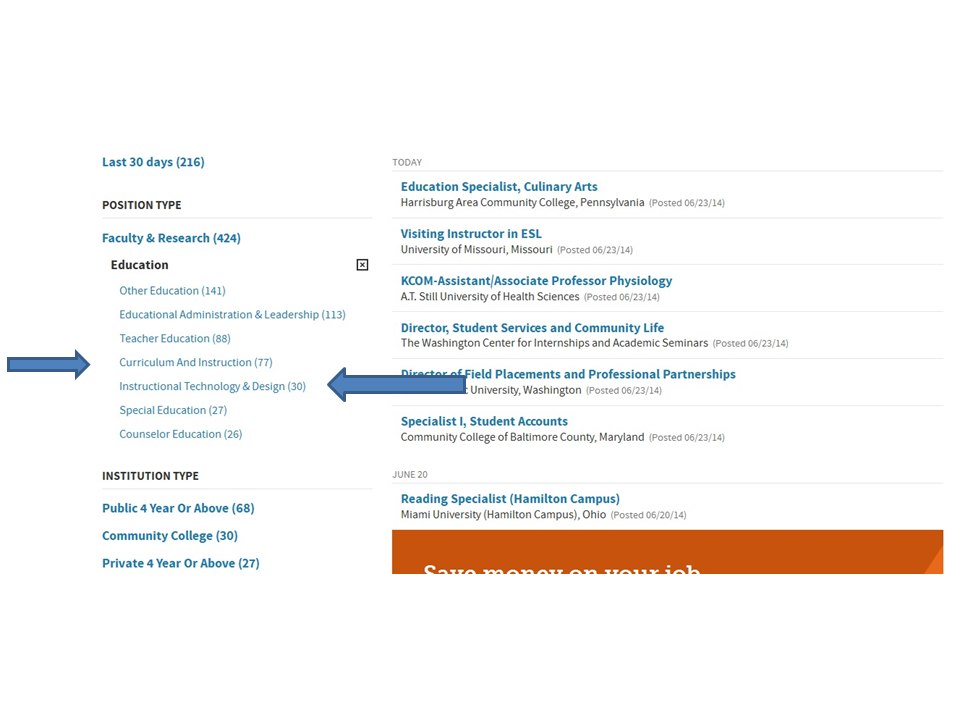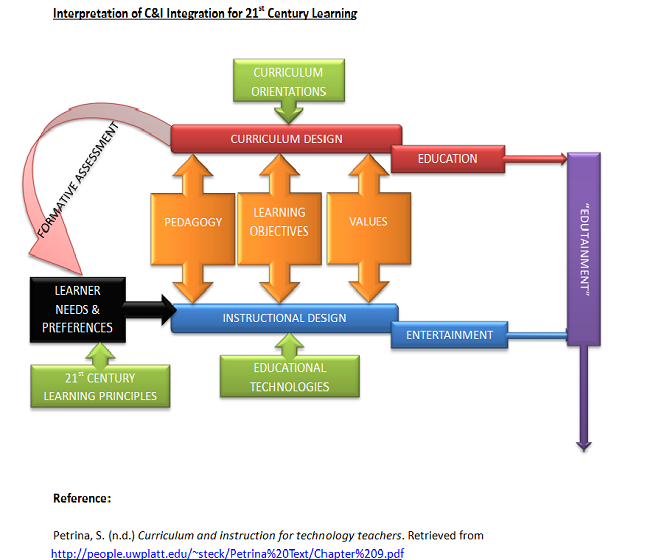According to Wikipedia:
One of the common criticisms of curriculum theory in the broader sense is that it puts more emphasis on mental discipline and ‘educating’ rather than learning. “Mental disciplinarians” and Humanists believe in all students’ abilities to develop mental reasoning and that education was not intended for social reform in itself but for the systematic development of reasoning power. Good reasoning power would lead to the betterment of society. Harris described the subjects to be taught as the “five windows” into the soul of the student: “grammar, literature and art, mathematics, geography, and history” and prescribed it in that order to be taught (Kliebard,2004, p. 15). Some critics view this group as having too much emphasis on the “classics” as determined by the dominant groups in a society (and particularly in history by the Committee of Five and Committee of Ten in the late 19th century). In today’s society this group is may be seen as having a cultural bias toward the upper class, as well as, the Caucasian majority in the United States.
Here are a few links to readings on Curriculum and its implications:
- Curriculum Theory and Practice
- The Question Concerning Curriculum Theory
- NOTETAKING GUIDES: CURRICULUM THEORY
- The Latest: Curriculum Theories
The following design was offered as a part of his reflection on these readings:
While there is a generally accepted answer to this question, it is not always accepted by everyone as being the only answer. In graduate level programs you can earn a degree in Instructional Design/Systems and/or one in Curriculum and Instruction. It is the latter degree program that creates much of the overlap.
At FGCU the C&I Degree includes considerable work in learning theory and applied research but it is mainly geared towards teaching methods and related content aimed at Certified K-12 teachers. In other words: “teaching in the content areas”. Generally, it focuses on state mandated programs (that is why the degree is an M.Ed. (masters of education)). Whereas the Instructional Design/Technology program at FGCU also covers business and industry and other governmental agencies and covers content not necessarily centering on K-12 (and is why this program now offers only the M.A. (Masters of Arts) degree). As far as the actual content of the different courses is concerned, the following MAY be of use to you in making the differentiation for yourself:
- This is a short slide presentation that describes the differences between curriculum design and instructional design.
- This is an excerpt from Petrina’s book on Curriculum and Instruction for Technology Teachers
- This is an article that describes Instructional Design and the Curriculum Development Process
- This one answers the question: What is the Difference Between Instructional Design, Instructional Science, and Instructional Technology?
Even after reading all of this you may not be any clearer as to the differences. This is because many programs simply combine the two and/or define their degrees to suit local needs. What you Will find, however, is that when looking for a job, often the actual degree program you have listed on your transcripts does make a difference as to which you qualify for technically. Note the following categories on the Jobs pages from the Chronicle of Higher Learning… some of the jobs listed are posted in both places, most are not:

So, in short, there is no one answer to the question and is up to the definer to make sure theirs is communicated correctly.
After reviewing the readings and cogitating on all of this for a while, write down a few notes about what you have learned about curriculum and at least three new ideas or a-ha! moments you had about curriculum (what you did not know before and/or had a misconception about). If you were asked to describe the differences between the C&I and the Instructional Technology programs what would you say?
Post these notes in the Drop Box One short paragraph for each.
